Speed 8.9 knots (kts)
Course 243°
Location Prince Gustav Channel -63.749526, -57.865368)
Depth 787 m
The bad news is we were supposed to pick up the whale bone lander, but when we arrived at the site there were difficulties communicating with it. The scientists could have sent it a "release" signal, but without knowing its exact location, the lander might have floated to the surface and gotten stuck underneath an iceberg or the wind could have blown it away before we could reach it. In either case, the team decided to hold off and wait until we come back north at the end of the cruise.
Welcome to Antarctica
The good news is we are now in Antarctica. Overnight the seas changed and our ship is now traveling through icebergs and we can see glaciers on the nearby islands. It is beyond beautiful and I feel so grateful that I am able to witness this in person. Several of us spent a couple hours just looking at the horizon spotting icebergs, seals and penguins. For now, I'll give you this adorable photograph of some Adelie penguins running away from our ship as we got close.
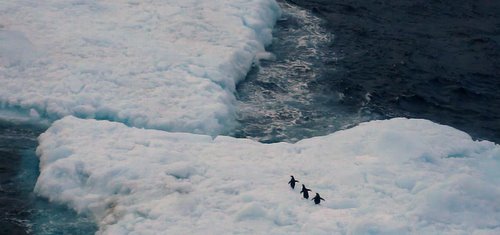
Kasten Core
Since we weren't able to collect the whale bone lander, we continued on our journey south. The Marine GeologyThe science that deals with the dynamics and physical history of the earth, the rocks of which it is composed, and the physical, chemical, and biological changes that the earth has undergone or is undergoing. and Geosciences team decided to do a Kasten core that involves dropping a 6-meter long square metal core into the ocean floor. When the core hits the floor, it is driven into the marine sediment. When it is pulled upward, doors on the bottom of the core close to keep the sediment inside. The picture below shows what it looks like as it comes back on board the boat.

This is what the core looks like once the cover is removed.
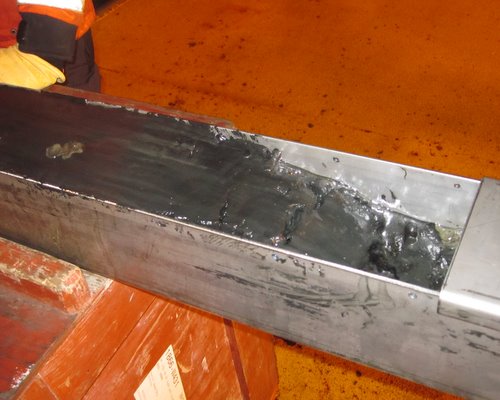
Almost immediately after it comes on board, people are taking samples. Dissolved oxygen measurements are extremely time sensitive and must be taken as soon as possible. Below you can see Michael McCormick taking samples of the sediment with a syringe.
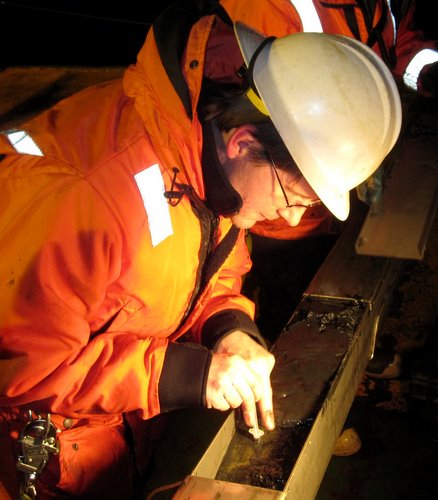
Once they Kasten core is carried inside (it takes about 8 people because it is so heavy), everyone gets to work taking even more samples. Below you can see the Biology team who is exploring the relationship between the type of organisms they find and the physical and chemical environment they are found in.
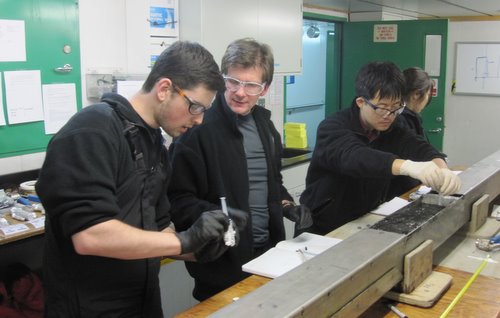
Of course, I have to show off the incredibly talented students who helped set up the Kasten core and carried it inside. This is what real scientists look like!
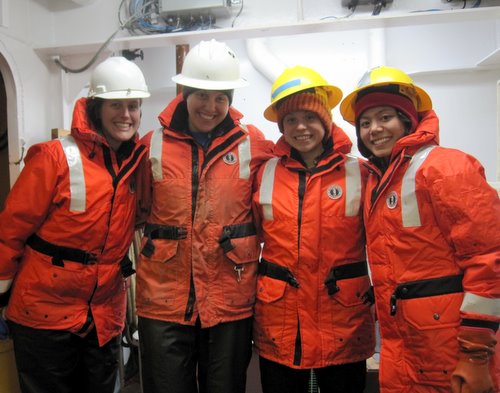
Due to some difficulties getting through ice, we are spending the day taking a long detour to get to our next station. We're hoping to collect a different whale bone lander as well as a mooring that has been monitoring currents and temperatures along with a device that collects particles falling through the water.


Comments